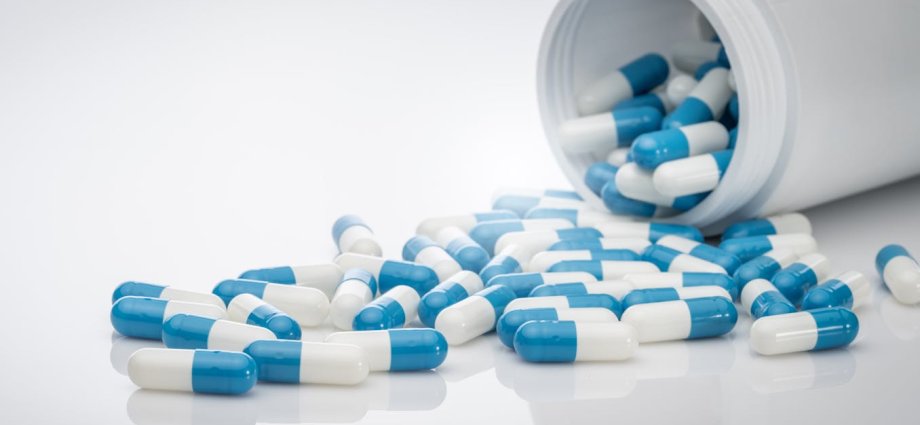Most antibiotics are natural products of bacteria and other microorganisms from the environment. They are part of a silent chemical warfare among microorganisms in soils, rivers and seas right now. The fact that they are natural products that have been around for millions of years means that even as we discover new antibiotics, there are probably already microorganisms that are resistant to them.
One of the most effective ways that scientists combat antibiotic resistance is by making semi-synthetic antibiotics. They change the structure of the antibiotic molecules so that they still kill the bacteria and the resistance that the bacteria have against them doesn’t work – at least for a while.
A recent study, published in Nature Chemical Biology, showed how particularly clever new semi-synthetic antibiotics, called macrolones, work to kill bacteria. Some claimed that this class of antibiotics “nearly eliminates the chance of superbugs” (bacteria that are resistant to antibiotics).
Macrolones are “chimeras”: they have parts from two different types of antibiotics. They are made from macrolides (which stop protein synthesis in bacteria) and fluoroquinolones (which stop bacteria from making new DNA by making it impossible to unwind the two strands of the double helix).
Because macrolones attack bacteria in two places, it is much more difficult for resistance to happen. Sensitive bacteria would need to simultaneously evolve changes in at least two genes.
Macrolones have other advantages, too. In lab tests, you need less of them to kill dangerous bacteria, compared with several antibiotics used by doctors today. They can also kill resistant bacteria by stealth.
For a bacterium, being resistant takes a lot of energy and nutrients. Because of this, many bacteria only “put up the defences” when attacked by antibiotics. A few antibiotics, including the new macrolones, aren’t recognised as a threat by bacteria. So the bacteria may be killed just because they didn’t detect the antibiotic before it was too late.
If antimicrobial resistance carries on spreading in disease-causing microorganisms it will be a major threat to humankind. It could return us to pre-antibiotic times.
Infections will be much more likely to be life-threatening. Without effective antibiotics to prevent infections, a lot of important operations, such as hip and knee replacements, will be too dangerous to perform. So an antibiotic without resistance problems would be an amazing thing.
Careful wording
This study on macrolones, by scientists at the University of Illinois Chicago and the Beijing Institute of Technology, is a great advance. Even so, they are measured in the words they use in their new paper. They say macrolones are “less prone” to resistance than other antibiotics.
They show in the lab that they cannot make sensitive bacteria evolve to be resistant to macrolones. But if they start with bacteria already resistant to one class of antibiotics, resistance to the macrolones does happen.
It is not certain that any of the new macrolones will be developed for medical use. There is a lot of testing and major investment needed for any new drug. If they do make it to the pharmacy shelves, they seem likely to be valuable antibiotics. But it is unlikely there won’t be any resistance problems in the long term.
As well as developing new antibiotics, including ones such as macrolones that have clever ways of subverting resistance, humankind will need more weapons against antimicrobial resistance. This is likely to include more careful use of existing antibiotics to make it less likely resistance will evolve and spread.
Other ways of killing microorganisms, such as antimicrobial materials that do not depend on antibiotics, will also be important.
![]()
Tom Smith works for Sheffield Hallam University. He receives funding from the Engineering and Physical Sciences Research Council. He is a member of the Labour Party. This article contains his personal views, which do not necessarily correspond to those of any organisation.











